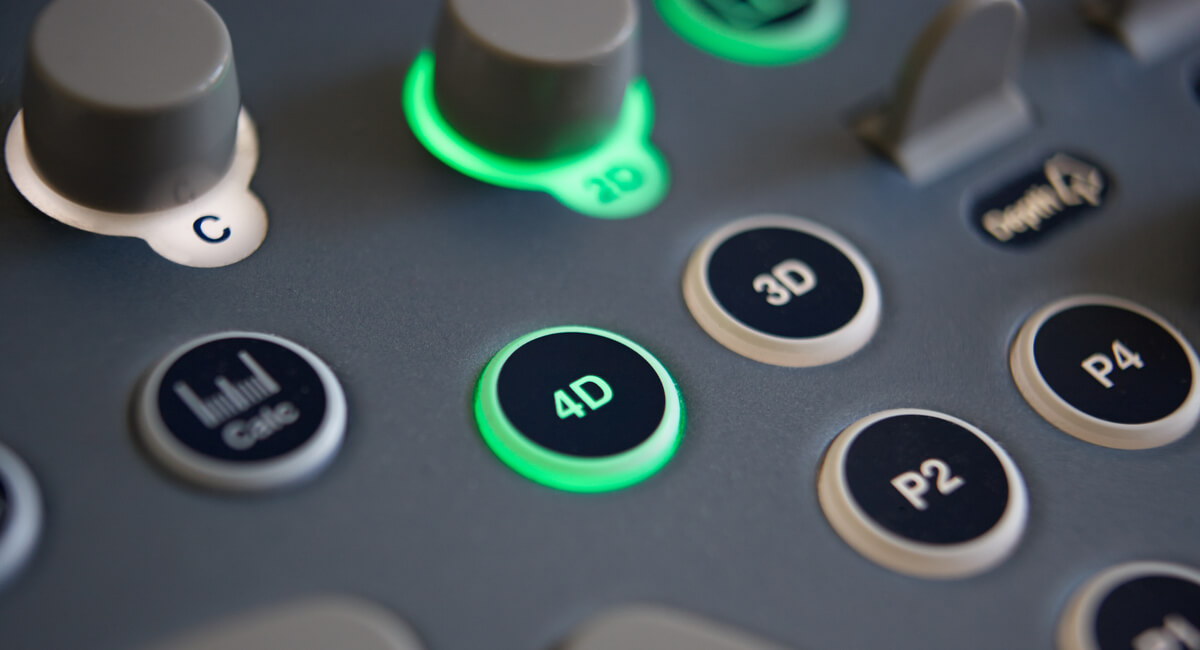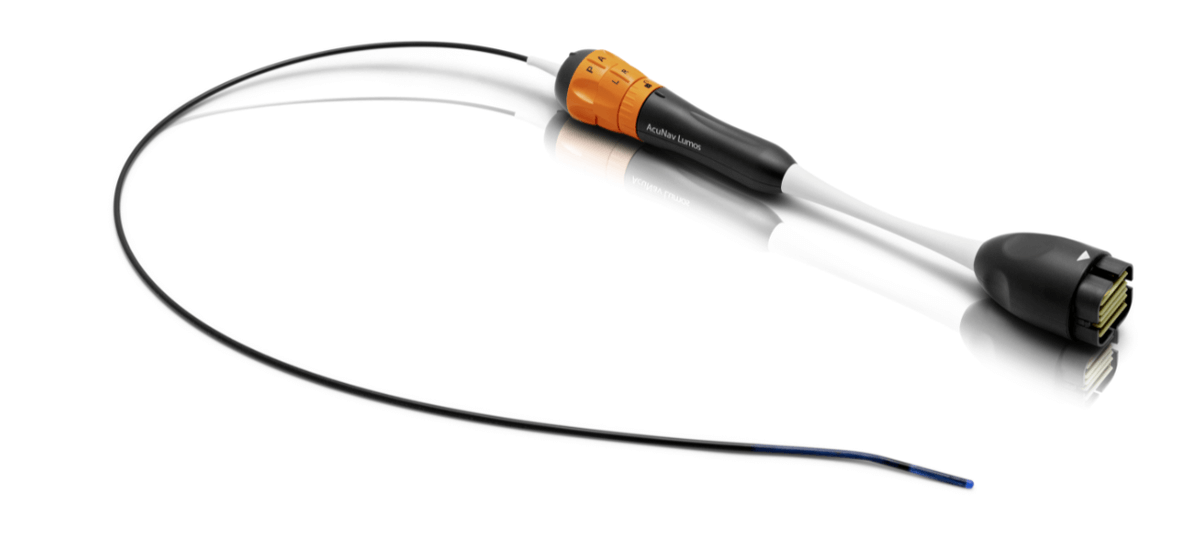Seeing from Within: Why ICE is Reshaping the Future of Congenital Heart Interventions
Article Summary
ICE enables real-time, catheter-based cardiac imaging that supports minimally invasive interventions in congenital and structural heart disease. Its growing use reflects a shift toward precision-guided, lower-risk procedures in interventional cardiology.Article Contents
How Does ICE Improve Outcomes in Congenital Heart Cases?
When Aryan was born with a complex congenital heart defect, his parents were told he would need not one, but multiple surgeries before the age of ten. He beat the odds. But at 22, Aryan is back in the cath lab – this time not under a surgeon’s scalpel, but through a minimally invasive catheter procedure. Only now, something is remarkably different. No open chest. No general anaesthesia. Just a thin, ultrasound-tipped catheter inserted through a vein, guiding real-time imaging from inside the heart itself. What stood out was not the simplicity, but the subtle power of what made that simplicity possible. This wasn’t magic. It was ICE: intracardiac echocardiography.
As someone who recently transitioned from studying Medical Electronics Engineering into working with advanced imaging technologies in R&D, I’ve started viewing tools like ICE not just as medical devices, but as quietly radical enablers of change in how we intervene, diagnose, and reimagine care. Nowhere is this shift more significant than in the field of adult congenital heart disease, where lifelong anatomical complexity meets the need for precision-guided, minimally invasive care.
What’s Changing in ACHD Care Needs?
One in 100 babies is born with congenital heart disease. Thanks to surgical advances, over 90 percent now survive into adulthood. However, a growing number of these adults require follow-up interventions to address residual shunts, valve degeneration, arrhythmias or complications from previous repairs.
Many of these procedures are performed using catheter-based techniques. But the complexity of the anatomy, altered by both nature and surgery, demands high-resolution, real-time imaging. Historically, this was handled through transesophageal echocardiography (TEE) or fluoroscopy. Both have limitations. TEE requires general anesthesia and a second operator. Fluoroscopy adds radiation exposure and lacks soft tissue detail.
ICE is changing that equation. It provides real-time ultrasound imaging from within the heart chambers, accessed through the femoral vein, without the need for sedation or oesophageal access. In both structural and electrophysiological interventions, ICE offers a way to see clearly, act precisely and monitor continuously.

How is ICE Used in EP Labs Today?
In electrophysiology, ICE has already become a mainstay. It is routinely used to guide transseptal puncture, atrial fibrillation ablation and left atrial appendage occlusion. It enables direct visualisation of pulmonary veins and left atrial anatomy and can help detect thrombi, confirm pulmonary vein isolation and reduce the risk of complications such as tamponade.
Recent work has also explored ICE-guided pulsed field ablation for isolating non-traditional sites like the superior vena cava. These interventions, previously limited by visualisation constraints or safety concerns, are becoming more viable with ICE support.
Can ICE Improve Structural Heart Repairs?
In structural heart procedures, ICE is similarly valuable. From atrial septal defect (ASD) closures to transcatheter mitral or tricuspid repairs, ICE helps operators guide devices more accurately and respond to complications immediately. It minimises reliance on TEE and shortens procedure times while improving visualisation of posterior cardiac structures.
Why choose ICE for Congenital Anatomy?
The advantages of ICE are particularly evident in adult congenital heart disease. These patients often have surgically modified anatomies: baffles, conduits, shunts or single-ventricle palliation circuits. Imaging these altered structures with external echo is often challenging. ICE on the other hand, offers a clear and direct view that enables precise intervention.
For instance, in patients who underwent atrial switch procedures for transposition of the great arteries, baffle leak occlusion is a common need. ICE helps navigate and visualise the complex systemic and pulmonary venous pathways and assists in guiding closure devices. Reports show its feasibility and safety compared to traditional TEE or fluoroscopy-only approaches.
Fontan fenestration occlusion is another example. ICE has been shown to provide effective guidance during closure of fenestrations, enabling assessment of residual shunting and structural alignment without requiring general anaesthesia. It also plays a crucial role in transcatheter pulmonary valve replacement (TCPVR), where ICE helps visualise the right ventricular outflow tract and confirm valve function post-implant. That kind of visual assurance, especially in hearts with non-standard anatomy, is incredibly powerful.

What is 4D ICE Imaging?
In my current work with ultrasound R&D, I’ve had hands-on exposure to advanced ICE catheters like the AcuNav Volume 4D and AcuNav Lumos 4D ICE catheters, developed by Siemens Healthineers. These are not just probes; they’re evolving eyes within the heart.
The AcuNav Volume 4D ICE catheter offers real-time volumetric imaging with a helical design that provides a wider field of view and maximum resolution. It offers enhanced maneuverability with a 12.5 French outer diameter and 90 cm catheter length.
The AcuNav Lumos 4D ICE catheter, when paired with the ACUSON Origin system, adds real-time multiplanar reconstruction and 4D colour Doppler. This allows clinicians to simultaneously view multiple imaging planes and observe blood flow dynamics in real time. The combination of these features supports confident decision-making during complex procedures, such as valve repairs or left atrial appendage closures.
Both catheters are single-use, steerable, and designed to integrate seamlessly with their respective imaging systems.
While ICE catheters can be cost-intensive, their impact on procedural safety, radiation reduction and complication avoidance offers compelling clinical value, especially in high-stakes ACHD interventions.
In a time where precision, personalisation and minimalism are reshaping the frontiers of medicine, technologies that allow us to see clearly and act confidently, without increasing patient burden, deserve serious attention.
What’s Limiting ICE Adoption Globally?
Despite its growing relevance, ICE adoption is not yet universal. In the United States, large-volume centers have embraced it, but broader access is still evolving. In India, where I have seen both the challenges and promise of emerging medtech, cost and access remain barriers to widespread implementation. In the UK, ICE is being increasingly used in EP labs, but training availability varies by institution.
As the clinical community continues to validate the benefits of ICE, and as newer models offer smaller profiles and greater resolution, wider adoption appears inevitable. Integrating ICE into standard workflows will require investment not just in equipment, but also in training, collaboration and interdisciplinary understanding.
Importantly, ICE also raises questions that go beyond imaging. It challenges how we think about intervention. It makes us reconsider how much anaesthesia is truly necessary. It offers possibilities to improve patient outcomes while reducing procedure times and complexity. In doing so, it is not just filling a technical gap but quietly transforming clinical practice.
What Role Will ICE Play in the Future of Cardiology?
ICE may not attract the attention that robotic surgery or AI diagnostics often receive, but its impact is no less profound. From guiding complex congenital cases to reducing radiation in routine ablations, it’s no longer a niche tool, it’s a new lens on interventional care.
The more I see it in action, not just as a concept in journals but as a real force in cath labs – the more convinced I am that this is one of those rare technologies whose true impact is only beginning to unfold.
In a time where precision, personalisation and minimalism are reshaping the frontiers of medicine, technologies that allow us to see clearly and act confidently, without increasing patient burden, deserve serious attention.
Intracardiac echocardiography is not just imaging. It is insight, delivered from within.
Disclaimer. The views and opinions expressed in this article are solely those of the author and do not necessarily reflect the official policy or position of Test Labs Limited. The content provided is for informational purposes only and is not intended to constitute legal or professional advice. Test Labs assumes no responsibility for any errors or omissions in the content of this article, nor for any actions taken in reliance thereon.
Get It Done, With Certainty.
Contact us about your testing requirements, we aim to respond the same day.
Get resources & industry updates direct to your inbox
We’ll email you 1-2 times a week at the maximum and never share your information


